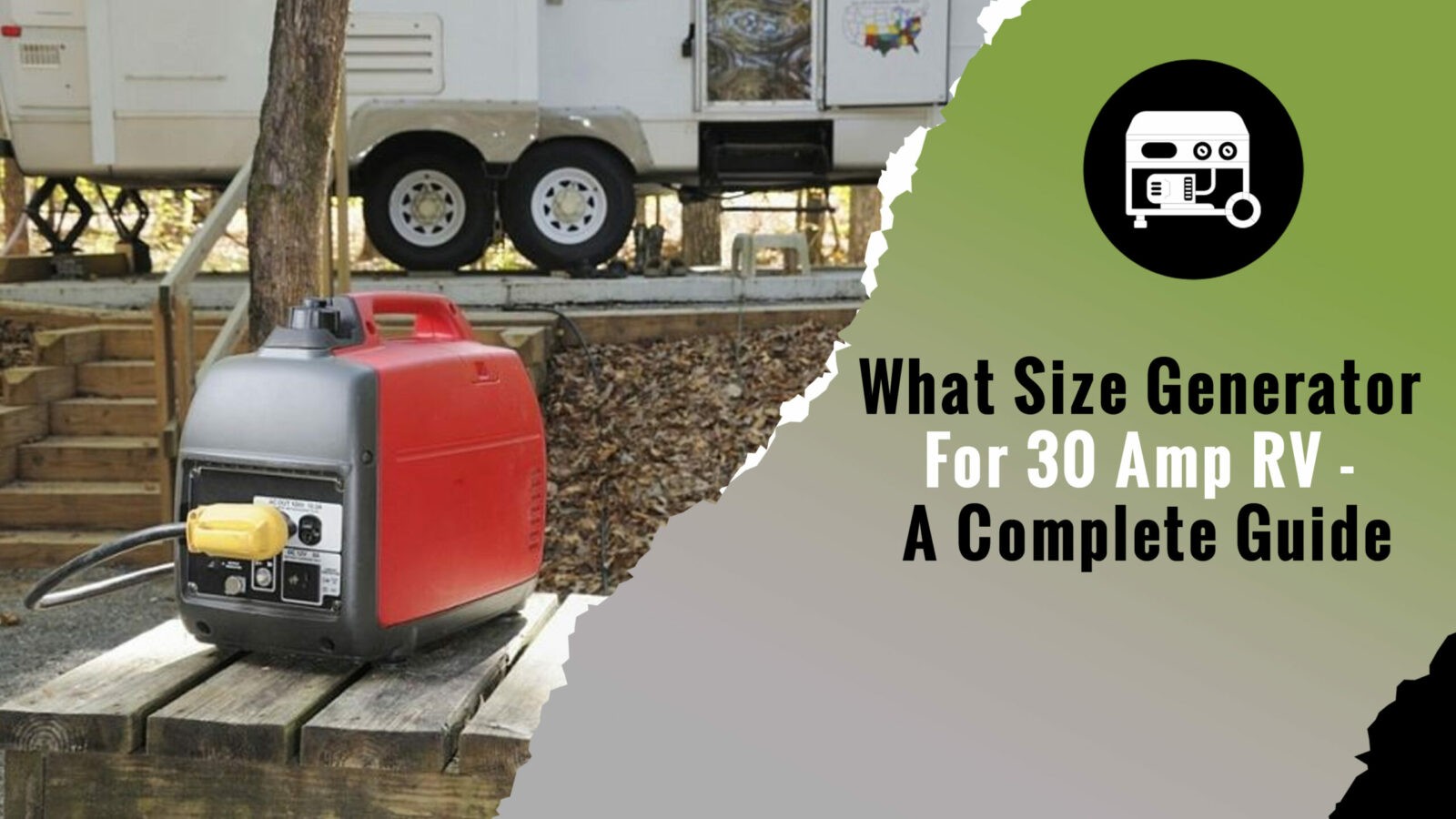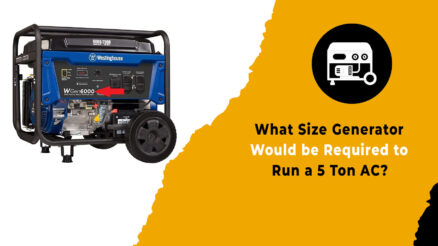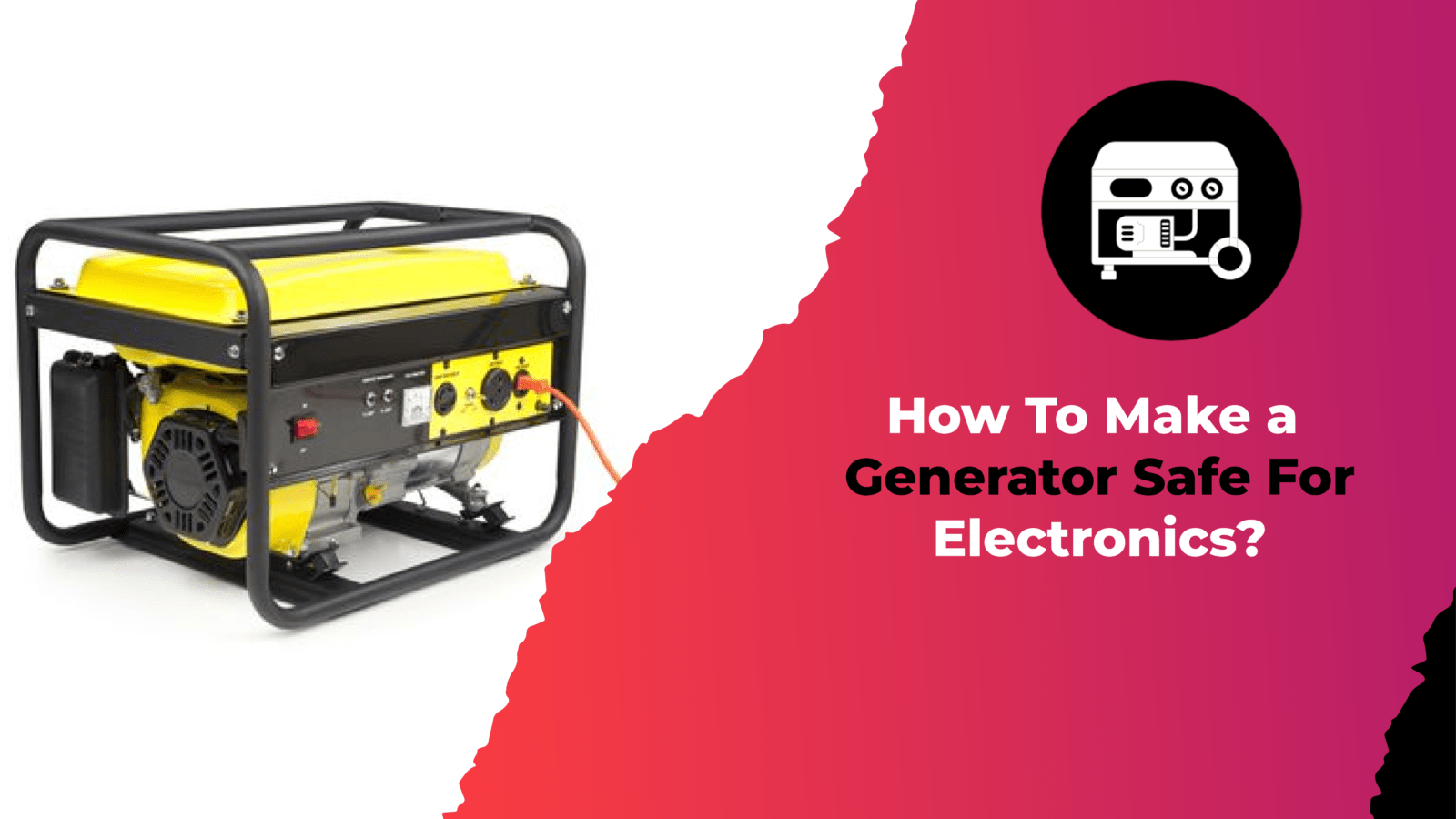There are lots of welding tasks that can’t be performed at the workshop, mainly if the machinery parts are outside the machine. However, portable generators might be helpful in this situation. Such generators produce a power source that can run welding equipment. When there aren’t any electrical outlets around, they are helpful.
Buying a generator that produces adequate amps to power a welder is the first step to running a welder on a generator. Your welder may then be connected and moved to the appropriate location. You may buy a welder generator with a built-in welding kit if you do not like to attach a separate welder to the generator.
It might be challenging at times to weld when using a generator. So it’s crucial to understand the correct procedures for welding on a generator. Here are some details to assist you.
Can You Use A Welder As A Generator?
The short answer is yes! You can use a welder as a generator. One of its main benefits is a welder generator’s ability to function as a stand-alone generator. By utilizing these welder generators, you don’t have to run two different machines, which saves you money, time, and space.
Generators For Welding
Instead of taking out energy from the main power grid, generators consume fuel. They are regarded as crucial equipment for buildings and industries. They are even used by farmers to construct or fix numerous things. You only need to load up the generator tank and switch it on anywhere you need it to work like a typical generator.
Welding Generator
A welder generator’s ability to function as a standalone generator is one of its benefits. You may thus use it for industrial power equipment and other heavy machinery. In long term, it may save you space and money. Almost all welder generators can power:
- TIG
- MIG
- Stick
- Plasma cutters
- Flux-cored
Complete welding equipment is included with specific welder generators. In this manner, you won’t need to connect an additional welding device or inverter.
Qualities of a welder generator
When looking for a welder generator, keep the following points in mind:
- The type of gasoline it has
- Included accessories
- No. of amps
The majority of the tiny portable generators feature gasoline-powered engines. Relative to propane or diesel, gasoline is substantially more affordable. Diesel generators often power larger projects and heavy machinery.
Diesel burns slower and lasts much longer than propane or gasoline, making it a better long-term choice if you plan to use a generator frequently. Keep in mind to verify that there is sufficient ventilation to spread the pollutants.
Some generators may serve as stand-alone generators, while others may be equipped with extras or a whole welding set. The components may be helpful if you’re a newbie to using these generators and do not have any own welding tools.
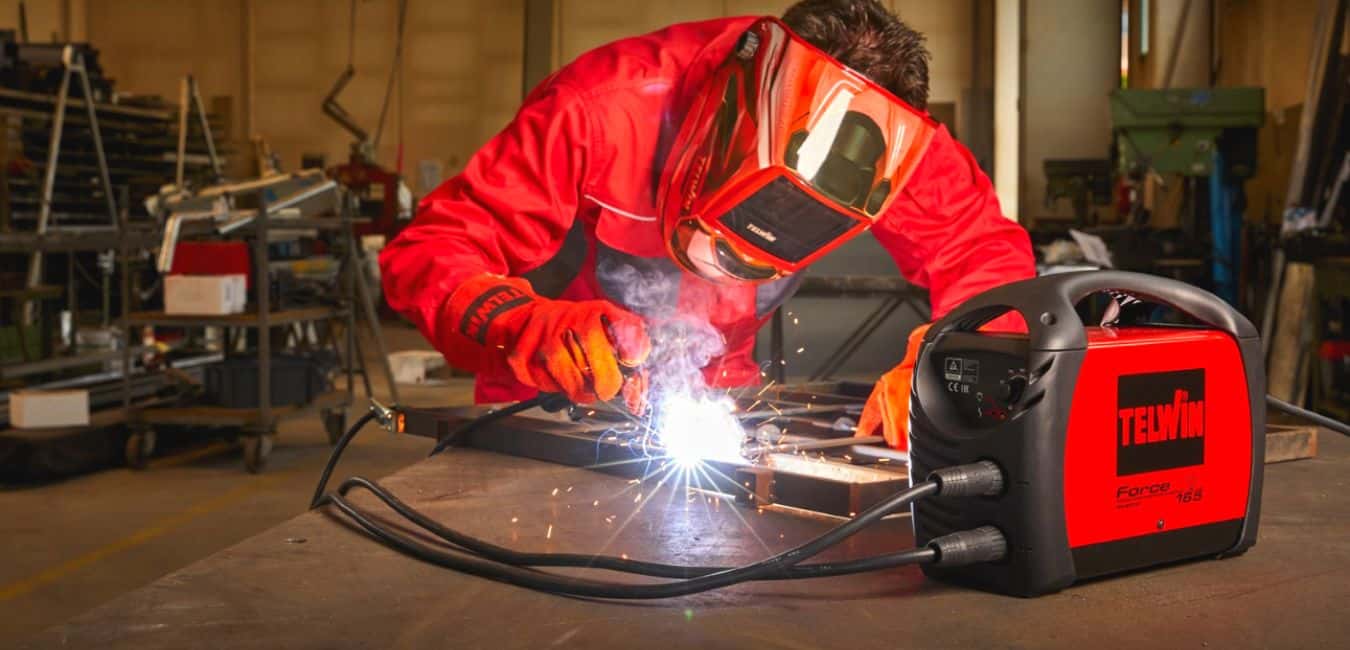
While using a welder generator, you must know complete information about the amps your generator gives to the welding machines. Observe to get information about amperage.
Lower amps will be found in small generators, while in industrial (bigger) generators, more amps will be required. You won’t need the high-grade welder generator if you want to weld thin and small materials.
The industrial-grade generator will be the best option if you want to weld frequently or if you plan to weld professionally. It has a six to twelve-hour operating window.
Can You Run A Stick Welder On The Generator?
Yes! You can. But it would be best if you first kept in mind that the generator and stick welder is capable of interacting. You can do this thing only if the output watt of your generator is enough for the welder. It cannot be utilized safely unless the circumstances are ideal. Are you getting the point? This article will explain things in more depth, so it doesn’t matter if you’re puzzled right now.
As a short reminder, we will first discuss what a stick welder is and give you a very simple explanation of what a generator performs. Next, we’ll examine safe and efficient ways to power a stick welder using a generator. So let’s go ahead!
Stick welders
Do we know that you all want to know what stick welders are? A stick welder is a standard welding instrument. The colloquial term for the welding machine is a SMAW or shielded metal arc welder. Stick welders are the most frequently used welding instrument and the most regularly utilized welding method.
Compelling materials together using heat and pressure is known as welding. Aside from joining pieces of metal, it may also be utilized on surfaces made of thermoplastics and other materials. This implies that stick welders are strong instruments that require a strong source of energy to operate.
Generator
As all we know, a generator is an electrical device, and an engine within creates electricity. They run on fuel, usually propane and gasoline. When electricity fails in a residence due to a powerline problem or a natural disaster, it can be utilized as a backup source of energy.
On construction projects, they may be used to operate equipment, materials, RVs, and camping gear. They could be of varied shapes and sizes, each having a range of functions. Accordingly, some have the strength to run a house’s whole electrical system, including the refrigerators, fans, lights, and other large appliances, as well as the AC.
Things To Consider When Running A Stick Welder On A Generator
There are a few crucial aspects that you must keep in mind while operating your stick welder on a generator to make sure it can function safely. To start, you must extract a few numbers from the concerned stick welder and generator.
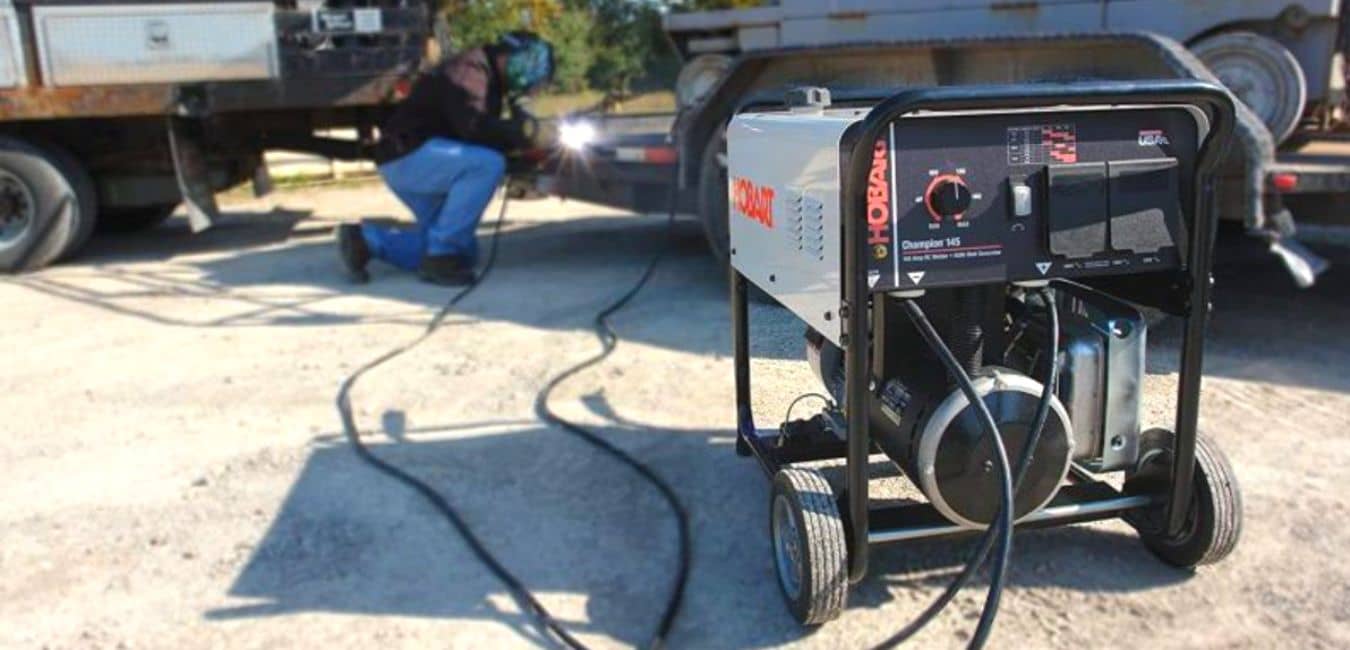
1. Generator’s wattage
The generator output is the first thing you should watch for. This is often expressed in watts. Calculating the average times the voltage equals yields the wattage value, which is a measurement.
Remember that a 4800-watt generator can deliver 20 amperes at 240v and 40 amperes at 120v. Your generator’s output should be rated in two ways: operating and peak watts. Most of the time, peak wattage exceeds operating watts. Start-up and surge watts are other names for peak watts.
This is more significant to accommodate the small surge in power that occurs whenever a moor is initially turned on.
2. Stick welder’s wattage
The next thing you should do is figure out the welder’s maximum wattage. You can check the item description online or at the shop where you purchased it to accomplish this. It could even be stated on the welder’s data plate or in the owner’s handbook. If this isn’t the case, you may calculate the watts using the amperage and voltage data. How many amps does a stick welder use? Mostly these welders use 25 amperes, and their voltage is 240 volts.
The wattage is obtained by adding these two numbers together. The amount provided in this instance is 6000 wattage. It is important to note that many manufacturers round off or do not use accurate dimensions. We suggest that you always estimate too high.
The minimum watts your welder will require to operate is the amount you receive for it. The welder according to our research uses 6000 watts of power. In light of this, a generator must provide at least 6000 watts of power, preferably more.
The last decision you need to make is whether you’ll be using the same generator to power additional tools or equipment. Make sure your generator has adequate power for all of the equipment and gadgets you want to use by performing these very same calculations for each one of them.
How Many Watts Does A Welder Use?
You can use the arithmetic equation to find the watt, volt, and amps that your welder uses.
Watts=Amps*volts
Beng this formula, you must understand what watt, amp, and volt is. Below we have discussed these terms briefly:
A measurement of the electrical potential difference between two places is called a volt. Consider volts in the very same manner that you consider water pressure. The available push starts giving power to the machine.
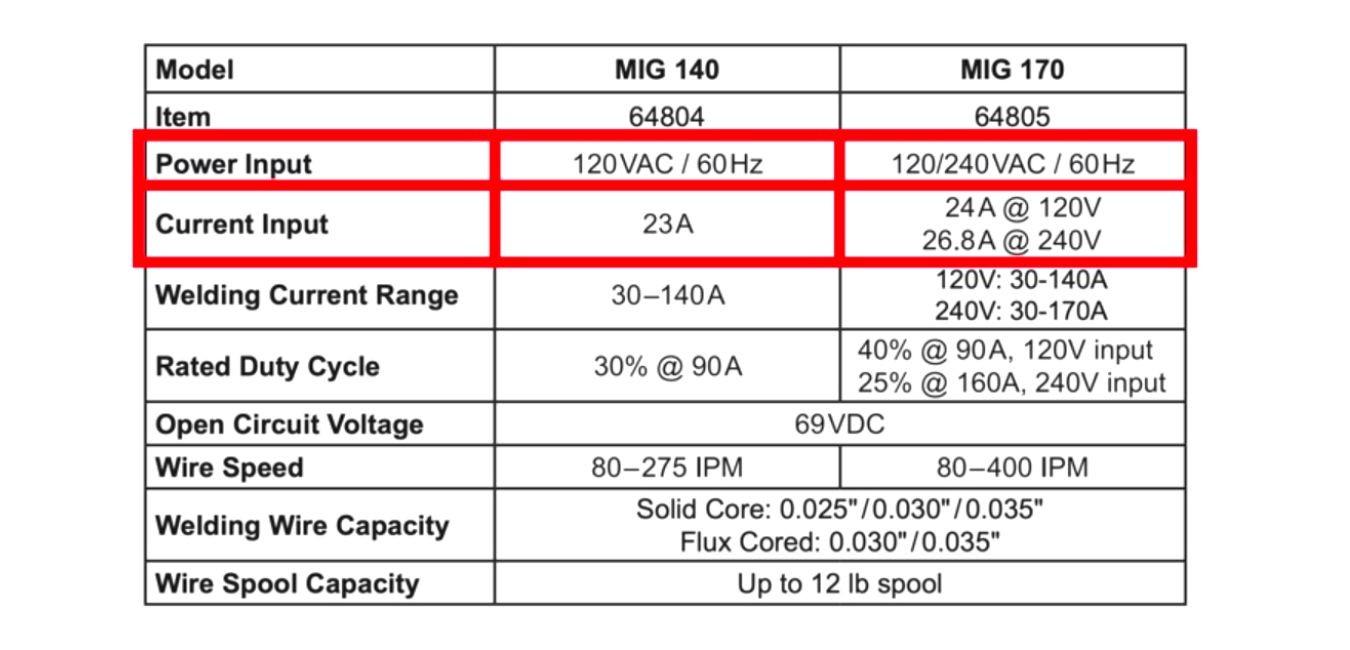
The flow of electrical current is measured in amps. Consider amps as the pipes’ quick or slow flow rate, maintaining our water supply.
Heat energy is measured in watts. Friction creates heat, expressed in watts when electrons move across the circuit.
Therefore, you need to multiply the welder’s input amps by the voltage it runs on to determine the watt a welder uses. Mostly it depends on the size of the welder you’re using; for example, a welder with a 90-100 amp capacity usually uses a wattage of around 3000-4500 watts. Similarly, a 210-250 amp welder may use 10,000-13,000 watts, etc.
How Big Generator To Run Welder?
You will select a generator size according to the task and the area where you operate a welder. For industrial welding items, you must need a bigger generator. A minimum of 30 amps is often required for welding, according to the general rule of thumb.
Please note that the generator’s size must be enhanced if it is needed to power additional devices in addition to the welder.
There are more modern 3-in-1 or 4-in-1 combination generators, commonly referred to as “workstation generators,” if you’re searching for something in the middle that can perform a little bit of everything. You can use such generators for :
- Welder
- Generator
- Compressor
- Charger
Because they are designed to operate with continuous energy demand, welding generators vary from standard generators. They offer a steady sine wave for a steady and stable welding flow.
For instance, a standard generator might not be able to deliver a continuous sine wave with sufficient amps to run a transformer-type welder. You will require a welder generator in such a situation. Here is a suggested manual that many welders adhere to:
A 7kva generator or more is required for a welder with a maximum output of 160 amps. Welder maximum output of 180-200 amps would need at least an 8 kva generator. Welder’s maximum output of 250 amps would require at least a 13 kva generator.
Will 5000 Watt Generator Run On A Welder?
Your generator will work well for you if it has a 5000-watt maximum output. You should be alright if it doesn’t exceed 5000 watts. Simply operate at no more than 75–80% of its full power. Generally, an inverter-type generator is more likely to power a welder than a transformer-type generator. Working on individual projects in the field instead of your workshop is more feasible. Welding in a distant place is now simpler than ever, thanks to today’s portable and powerful welding equipment.
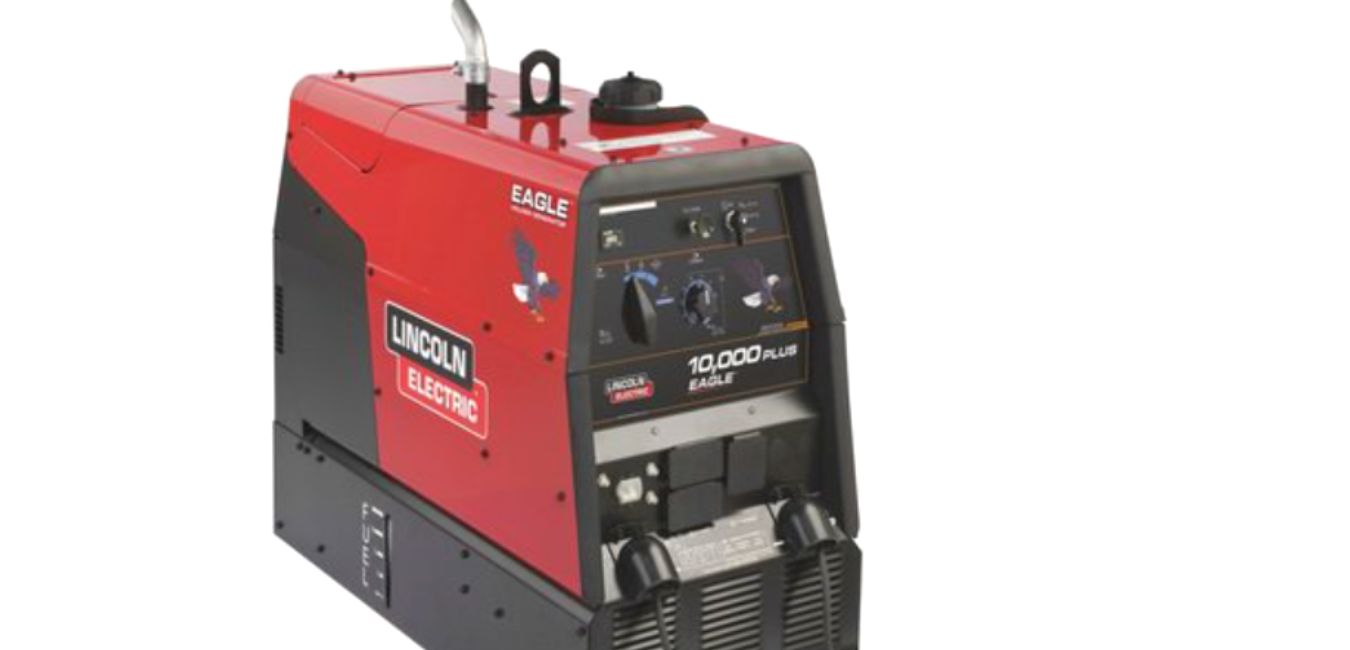
To be sure, purchase a generator that serves the needs of your particular operation. A smaller generator is required, for instance, if you have got a 140 Amp Welder. Although a 5000-watt generator is a powerful machine, it might not be able to operate heavy machinery like a welder. However, specific industrial generators can deliver the required power.
If the voltage is no more than 240 volts, a 5000-watt generator will be capable of powering a welder. Yes, if you are searching for a certain response, but generators are not suitable for everyone, you might need to buy more than one generator to meet all your needs.
How To Connect Welder To A Generator?
To make a welder generator, you just need to connect a welder to the generator. For this purpose, you need to follow these steps:
Step #1. Check fuel
As some engine-powered generators use oil, others could utilize alternative fuels like propane or diesel. To ensure adequate gasoline, it is usually a good idea to test the tank first. If it’s low, additional petrol will need to be added.
Step #2. Start generator
It can be comparable to starting a mower to start an engine-driven generator. For most of them, a pull string is included to jump-start the engine. To turn it on, give it a few strong pulls. You only need to push a button to start your generator if it has an electric start.
Step #3. Connect the welder to the generator
The outlet on the side of the generator should allow the welding equipment or inverter to connect. Consider adjusting the welder plug if you’re having trouble plugging in your welding equipment.
It is possible to remove the plug and connect the cable to another twist-lock pin that suits the generator. The best rubber cable types for the plug are type SJOW.
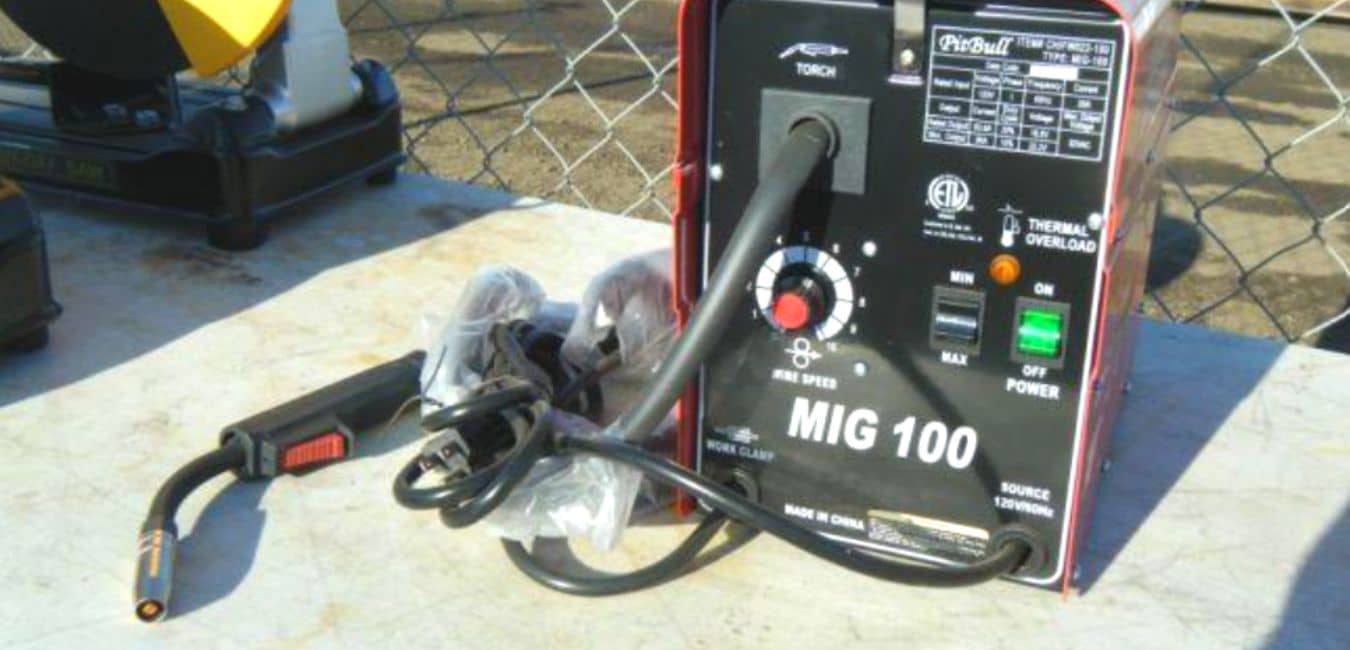
10/3, or type SOW. You may begin welding once you’ve connected the welding equipment to the operating generator. Ignore this step and go to the next if your welder generator already has a welding kit installed.
Step #4. Adjust the control setting
A key factor is the control settings. You can adjust the voltage and amps. The amps are often related to the coarse settings. For instance, most manuals would advise setting the rough at 100 and the fine at 85 if you require 85 amps for a certain welding operation.
By adjusting the fine and coarse range, the welding arc may be modified. You can experiment with it to find your preferred settings because not all welders use the same ones. For welding thick metal, some welders feature globular or spray modes.
When using the globular mode, substantial “globs” of molten wire will drop into the burned areas of the other metal parts. A concentrated stream of melted wire material is directed onto the metal surface in spray mode.
Can You Run A Stick Welder On A Generator – FAQs
Conclusion
To summarize, we hope this information has helped to find your answer to the question: can you run a welder on a generator? You’re now confident in your ability to run a stick welder on a generator safely.
Here the most crucial advice we want to give you is always to follow the guidelines provided by the manufacturer. The manufacturer might even be allowed to recommend certain welders or generators that work well together. This will assist you in using a stick welder easily.




